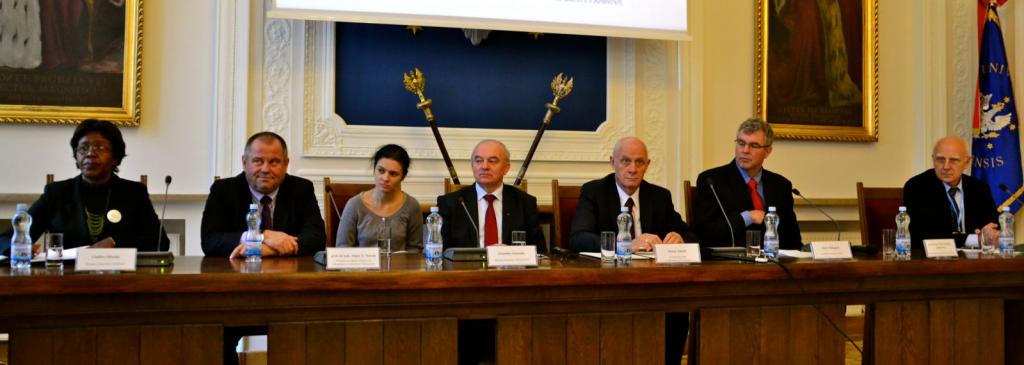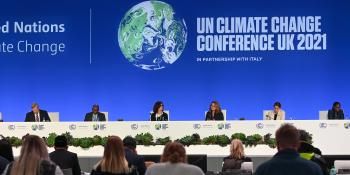Facing the imminent challenge: feeding a growing population while saving our forests
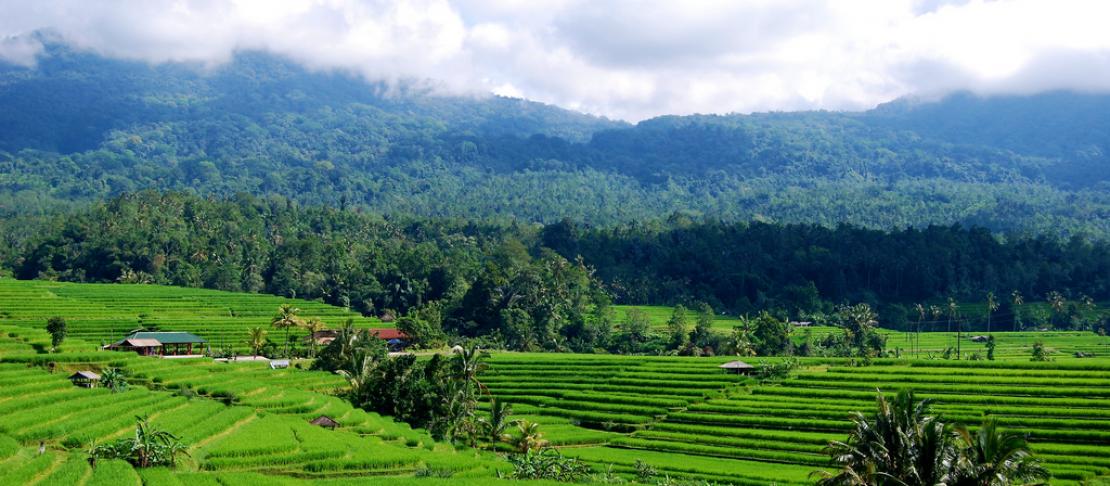
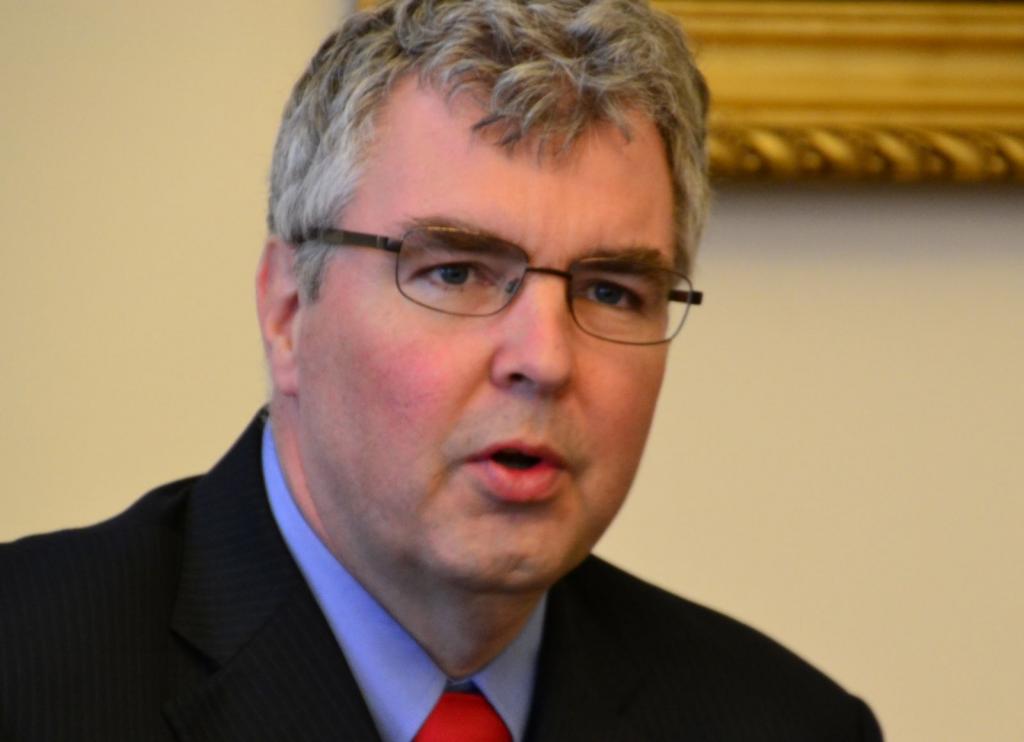
During a press briefing, held the day before the official Global Landscapes Forum opening, Peter Holmgren, Director General of the Center for International Forestry Research (CIFOR) told the audience what he thought:
Landscapes are key to the future we want. Two billion livelihoods depend on landscapes. They are responsible for emitting greenhouse gas emissions; keeping our bioversity, all of our food production and renewable products. In essence, landscapes are key for a green economy. What we need, in the end, are combined solutions where agriculture and forestry are working together
Lindiwe Sibanda, a member of the CGIAR Research Program on Climate Change, Agriculture and Food Security's (CCAFS) Independent Science Panel echoed Mr Holmgren, saying “we need to take a holistic approach. We need a landscapes approach.” Especially if we want a long-term solution for increasing food production while minimizing our impact on our environmental services.
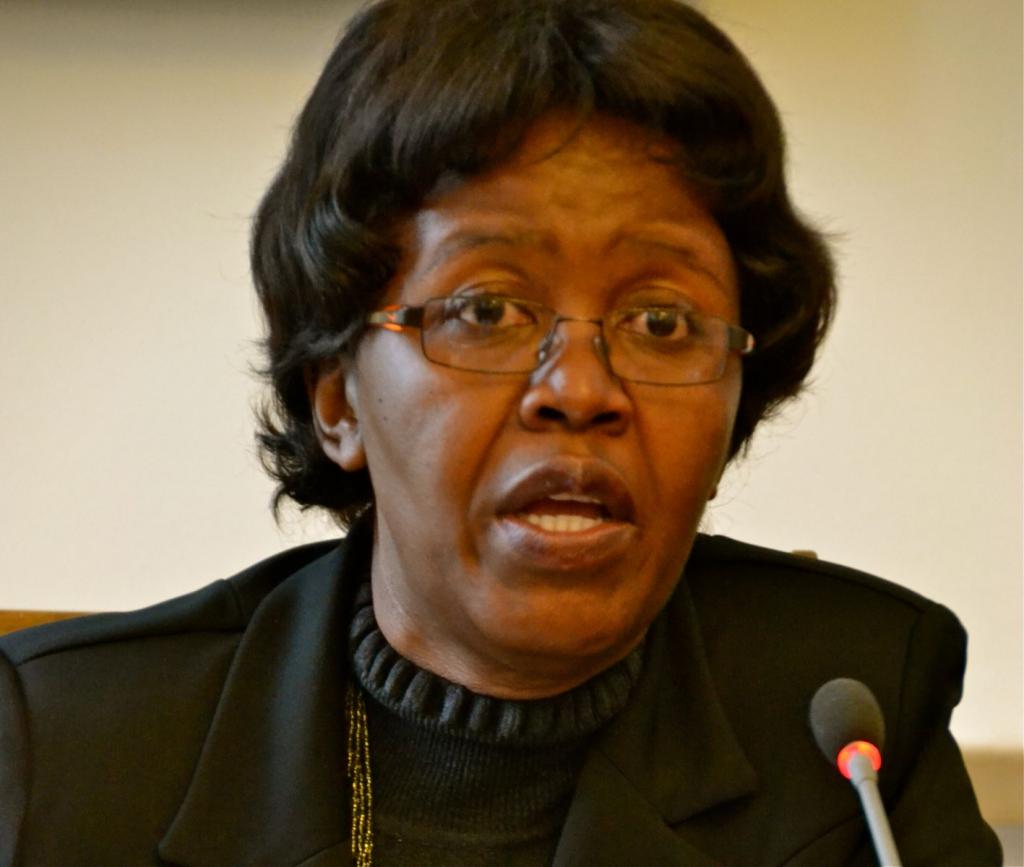
“Through Landscapes day we can work together holistically so that we can feed the world in a sustainable way.”
"One solution to this problem is climate-smart agriculture," said Lindiwe. Lindiwe was also representing her organization FANRPAN during the press briefing, well-known for their UNFCCC-directed slogan: No Agriculture, No Deal.
Learn how climate-smart agriculture solutions and practices are helping millions of people all over the world.
One important question that was raised by Janusz Zaleski, Undersecretary in Ministry of Environment, was: can we feed people without forests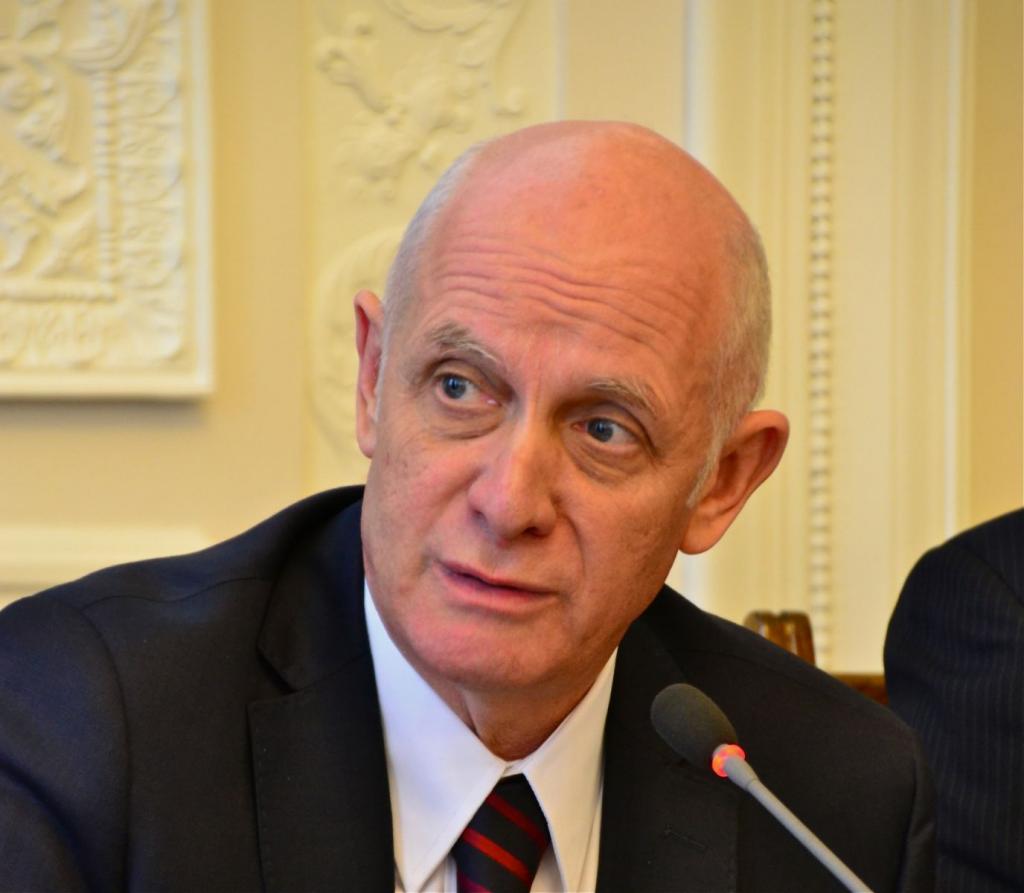 ?
?
According to Janusz, evidence shows that regions with huge deforestation now have problems feeding themselves. And many are starting to realize that forests are key for sustainable food production, but there is still a lot of work needed to start increasing forest cover, reforesting degraded land areas, and improving eco-services.
Read more about the agriculture-forest link: Can climate-smart agriculture and forests work together at the landscape level?
Feeding a growing population is proving to be a challenge, especially under climate change. Farmers in Poland are already feeling, and facing, climatic changes as they are continously hit hard by droughts, floods, e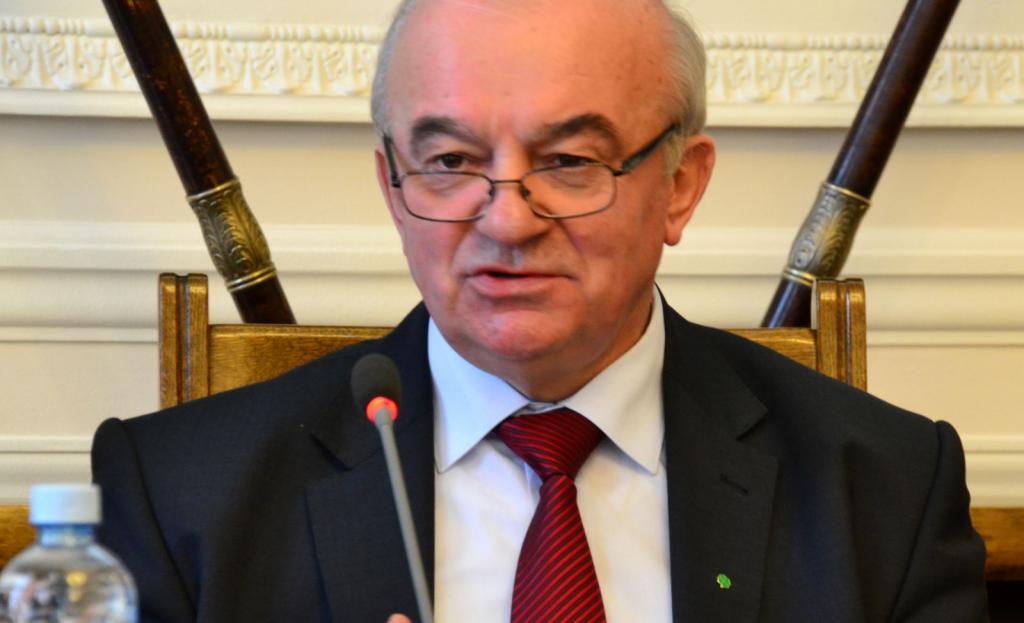
Every year there seems to be a new catastrophe, Poland’s Minister of Agriculture and Rural Development Stanisław Kalemba expressed, and we cannot continue to pretend it doesn’t have an impact on us!
This is the time to act, now more urgently than ever. That is why we are here, at the Global Landscapes Forum, opening today!
Follow the Global Landscapes Forum live via web-cast. Join the discussions online by using #GLFCOP19 on Twitter.
Press briefing kicking-off the Global Landscapes Forum (GLF) 16-17 November, co-organized by CCAFS and CIFOR. View all photos from the briefing.
All photos by: Cecilia Schubert (CCAFS)
Cecilia Schubert works with communications for the CCAFS Coordinating Unit.

